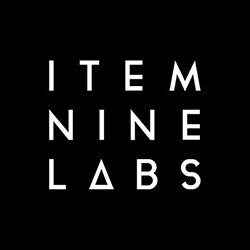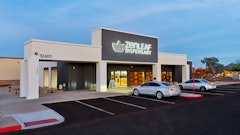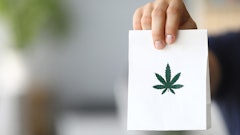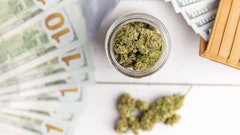Item 9 Labs Corp. signed a definitive agreement to acquire Sessions Cannabis, a Canadian cannabis retail franchisor.

Founded in 2019, Sessions Cannabis has a franchise system comprised of 18 franchisees operating 43 locations throughout the Province of Ontario, where the company is based.
“This is a transformative acquisition that fast-tracks our entry into the Canadian market and brings tremendous value to our shareholders,” said Andrew Bowden, CEO at Item 9 Labs Corp. “With an exponential increase in store count across North America, this acquisition would transition us from being a multi-state operator to an international cannabis company and the largest global cannabis franchisor.
“The potential to accelerate growth through both franchising and additional opportunistic acquisitions is immense. This is simply the first step to much deeper market penetration, both in Ontario and other provinces,” Bowden adds.
RELATED: 2022 Best Cannabis Companies to Work For – Item 9 Labs Corp.
Sessions expects continued growth across the Canadian market with multiple additional retail openings planned for later this year, according to a release, with annual sales totaling approximately CA$70 million across the 43 currently operating locations.
“The Canadian cannabis market has grown tremendously over the past few years, and we have certainly felt that impact and benefited from first-mover advantage in several markets,” said Steven Fry, CEO and co-founder of Sessions. “We have amazing multi-unit franchisees and a solid franchise system that is dedicated to their success, but to further innovate within the industry and expand our reach, we need the right partner. We believe we have found that with Item 9 Labs Corp. and their franchise brand, Unity Rd.”
The acquisition of Sessions makes Item 9 Labs the largest publicly traded franchise company, according to a company release.
“From the brand values and education-first approach with customers to the rock-solid franchise program Steven and his team have built, there are several similarities across Sessions and our Unity Rd. franchise brand,” said Mike Weinberger, chief franchise officer at Item 9 Labs. “This is a huge opportunity for Item 9 Labs Corp. and further solidifies our mark as leaders in cannabis franchising.”
Item 9 Labs Corp, under its Unity Rd. franchise system, currently has 20-plus partners developing more than three dozen stores across 10-plus U.S. states.
“We are serious about accelerating our growth and opening the doors for more prospective entrepreneurs to enter the complex cannabis space, and it is reflected in our merger and acquisition activity,” said Mark Busch, VP of mergers and acquisitions at Item 9 Labs. “Acquiring one of Canada’s largest cannabis retailers is a great milestone for our team and demonstrates our ability to close large transactions.”
























